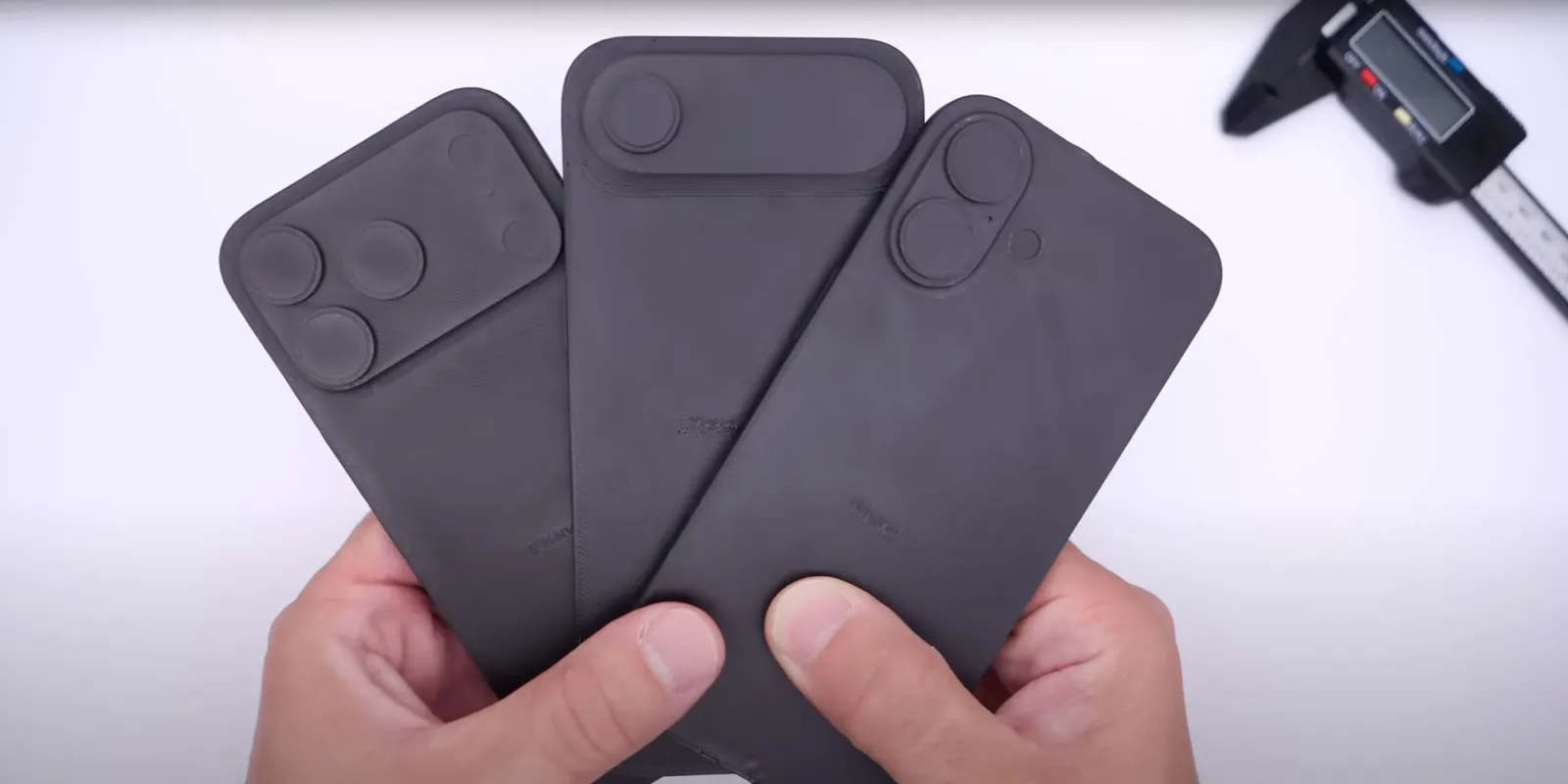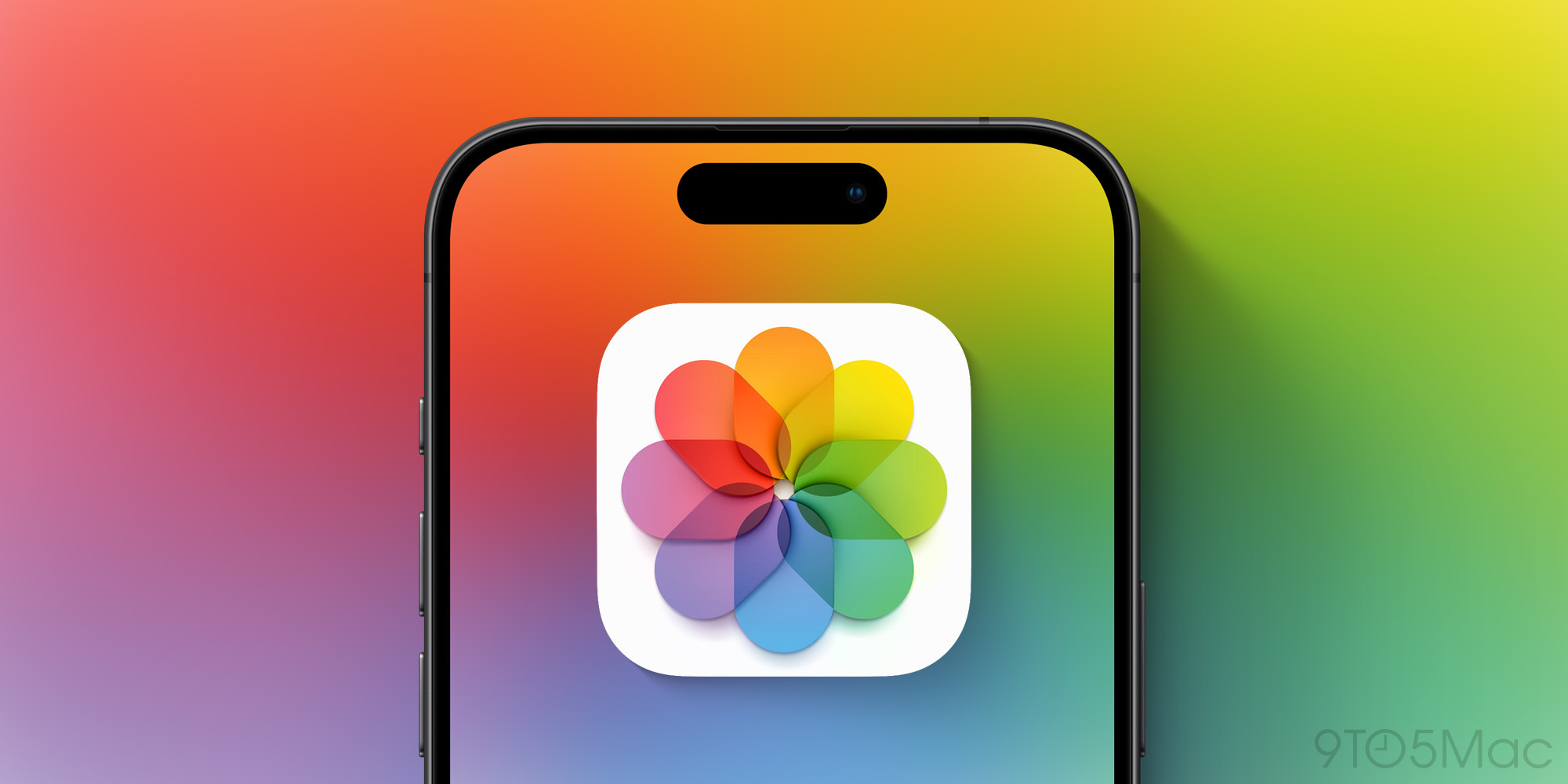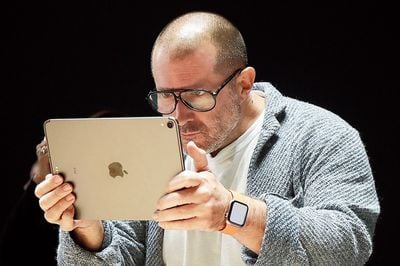It's a frustrating experience many iPhone users encounter: switching away from an app, even just for a moment, only to find it has completely refreshed when you switch back. This can be particularly annoying when you're trying to copy text or navigate sensitive applications like banking apps, forcing you to start over. This issue isn't limited to older devices; one user reported experiencing it on both an iPhone 11 Pro Max and a brand new iPhone 15 Pro, even with only two apps actively running. This suggests the problem might not always be about having a less powerful device.
Initial thoughts might point to Background App Refresh settings. These settings, found under Settings > General > Background App Refresh, control whether apps can download new content in the background even when you're not actively using them. While checking these settings and toggling individual apps or changing the overall setting (like to Wi-Fi only or Off) is a common troubleshooting step, one user experiencing the frequent refreshing issue noted that their settings were enabled, and they believed the problem was more related to memory management.
According to one perspective shared in the sources, when a device's "max threshold is reached," the iPhone may force an app's memory cache to clear to make room for current processes. This could explain why apps are refreshing rather than simply resuming from where you left off. The question then becomes why this memory management behavior would be so aggressive, even on a "super fast device" with seemingly ample memory and only a couple of apps running.
One potential culprit discussed is the impact of restoring from an iCloud backup. If the previous phone had an underlying issue causing excessive memory usage, restoring that backup onto a new device might transfer the problem. One user in the Reddit thread speculated that "whatever was using the memory on the old phone might still be doing it on the new one" after restoring from backup.
Certain types of apps might also contribute to memory pressure or unexpected behavior. It was suggested that apps that handle notifications might have "delegates that run in the background," potentially consuming a significant amount of memory. Social media apps were specifically mentioned as worth offloading as an experiment. Additionally, some bank apps are designed to intentionally force a re-login when you switch away for security purposes, which might be perceived as a refresh.
Beyond the specific app refreshing symptom, the sources discuss various factors that can generally lead to an iPhone running slow:
Outdated iOS or apps: Keeping your iPhone updated to the latest iOS version and updating your apps is recommended as it can solve many problems and improve performance. Automatic updates for both iOS and apps can be enabled. Insufficient storage space: A lack of free storage space can cause the iPhone to run slowly, as the system needs space for temporary files. Maintaining at least 1 GB of free space is advised. Optimizing storage can involve reviewing photos/videos, offloading unused apps, and clearing temporary files. Offloading an app removes the app itself while preserving its data, allowing for easy reinstallation later. Too many demanding apps running in the background: While Background App Refresh specifically relates to content updates, having many apps actively consuming resources in the background can impact overall performance. Closing unused apps can free up CPU resources and power. However, it's noted that force closing apps unnecessarily might actually slow down the device because it takes longer to reload them. Glitching system settings or corrupted apps: These can sometimes lead to performance issues. Excessive widgets, push mail, or location services: These features, while useful, can consume battery and processing power, potentially contributing to slowness. Removing unnecessary widgets, turning off push mail, or disabling location services for non-essential apps are suggested tips. Overheating: An iPhone that is too hot or too cold might run slower. Keeping the device at a moderate temperature and avoiding direct sunlight or hot environments when charging is recommended. Degraded battery health: Rechargeable batteries lose capacity and peak performance over time. When battery health degrades significantly, iOS may apply performance management features to prevent unexpected shutdowns. These features can lead to noticeable effects like longer app launch times or apps refreshing in the background. You can check your battery health in Settings > Battery > Battery Health & Charging. If health is significantly degraded, replacing the battery can help restore performance.
Several troubleshooting steps are suggested for various performance issues, including the frequent refreshing problem:
Restarting the iPhone: A simple restart can fix minor software glitches. If the problem is immediate after restarting, it might indicate a more persistent issue. A force restart method is also described (quickly press and release Volume Up, then Volume Down, then press and hold the Side button until the Apple logo appears). Reset All Settings: This option resets system settings restored from an old backup without deleting app data. One user considered trying this before a factory reset. Clearing Safari history and website data: This can help speed up browsing.
For the specific issue of apps refreshing too often, particularly after restoring from a backup, the most effective solution mentioned in the Reddit discussion was a factory reset and setting up the iPhone as a new device. This process wipes all data from the phone. One user who did this found that it resolved the refreshing issue, noting that restoring from their backup seemed to reintroduce the problem. While a factory reset is a more drastic step, it can fix major software issues and improve performance. It is crucial to back up your data before performing a factory reset. The process involves going to Settings > General > Transfer or Reset iPhone > Erase All Content and Settings. Setting up as a new device means not restoring from an existing backup, but rather logging into accounts and redownloading apps fresh.
In conclusion, while general performance tips like updating iOS and apps, managing storage, and checking battery health are important for overall iPhone speed, the specific and persistent issue of apps refreshing immediately upon switching might be tied to deeper memory management behaviors, possibly exacerbated by restoring from an old backup. For this particular problem, a factory reset and setting up the device as new, as reported by one user, appears to be a potentially effective solution when other troubleshooting steps fail.











